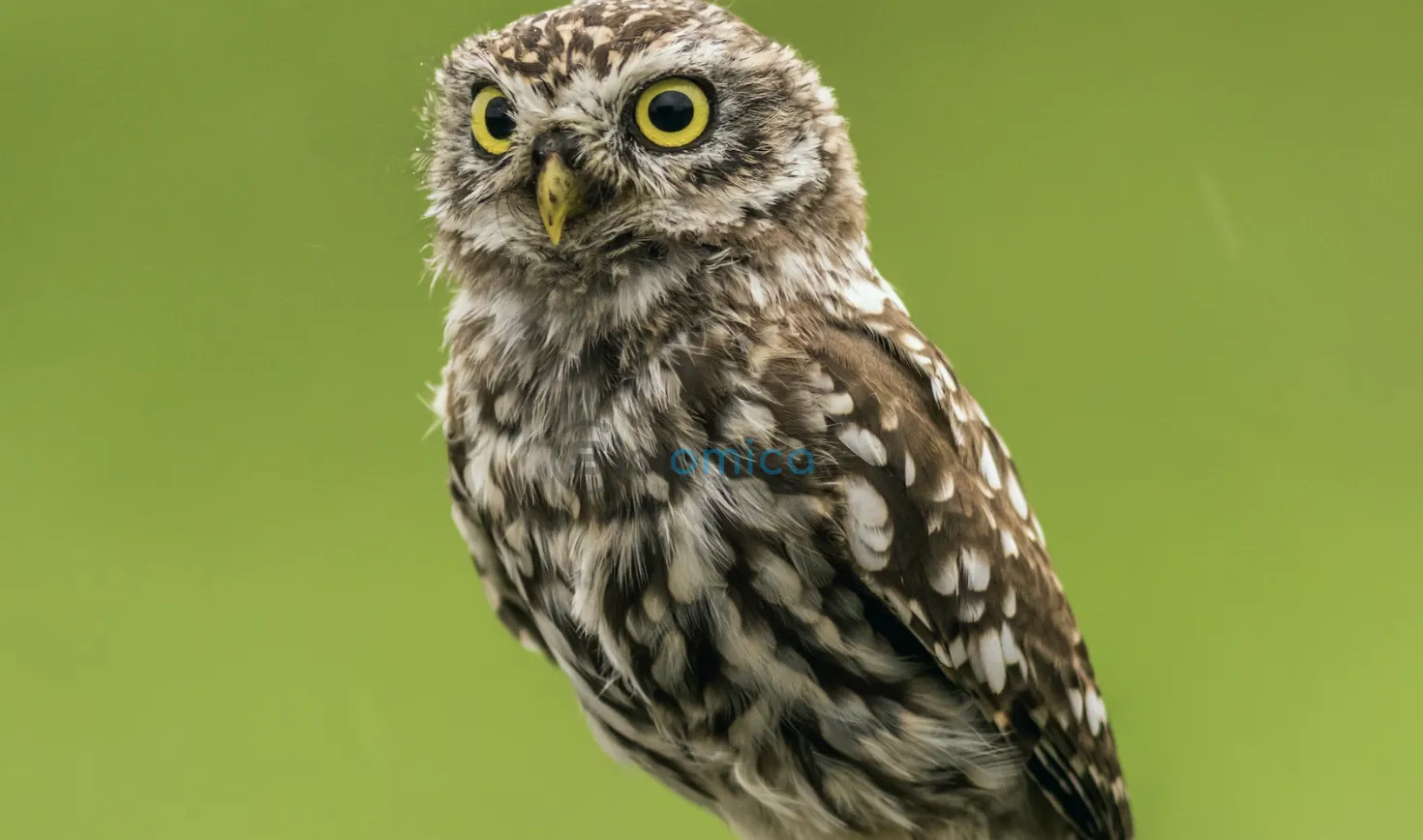
In an age where urban environments are resonating with the constant clamor of traffic, machinery, and everyday life, scientists are turning to nature for more effective noise reduction solutions. Central to this innovative approach is the owl, a creature renowned for its remarkable ability to fly in near silence thanks to specialized adaptations in its anatomy.
Owls possess an extraordinary blend of feather and skin characteristics that facilitate silent flight, making them nature’s most adept noise-absorbing hunters. Their feathers, with serrated edges, serve a pivotal role in dampening sound by minimizing turbulent airflow. This adaptation is crucial during their nocturnal hunts, allowing owls to approach prey unnoticed.
Motivated by these natural dynamics, researchers from Tiangong University in China have engineered a new two-layer aerogel designed to absorb sound more effectively than traditional materials. Their innovative creation has been shown to absorb an impressive 58% of incoming sound waves, surpassing the established benchmarks for effective noise control.
As urbanization continues and noise pollution escalates, there is a pressing need for advanced soundproofing methods. While addressing the sources of noise pollution—like traffic or industrial operations—can be challenging, the development of efficient sound-absorbing materials is a promising alternative. The new aerogel presents a lightweight yet potent option that could significantly quiet down automotive engines and reduce sound levels in manufacturing plants, thereby alleviating stress on urban communities.

The researchers’ fascination with owl flight has led them to mimic both the unique structures of owl feathers and the soft skin that together contribute to their stealthy movement. The resulting aerogel consists of a porous lower layer designed using emulsion-templated freeze-reconstruction techniques, which effectively cancels low-frequency sounds. The upper layer, inspired by the fibrous structure of owl feathers, utilizes silicon nanofibers to dampen higher-frequency noise. This dual-layer approach allows the material to absorb sounds across a wide frequency range while remaining lightweight and efficient.
Compared to conventional felt fiber soundproofing materials, which often specialize in absorbing either high or low frequencies, this owl-inspired aerogel excels in versatility. Traditional solutions frequently require multiple cumbersome layers, making them less practical. In contrast, this innovative aerogel simplifies the soundproofing process without sacrificing effectiveness.
Tests have highlighted the aerogel’s capabilities, with the material able to reduce the noise of a typical automobile engine from a daunting 87.5 decibels to a more manageable 78.6 decibels. This degree of reduction is notably superior to that offered by many existing high-end acoustic absorbers on the market today.
Significantly, the new aerogel isn’t just efficient in sound absorption; it also exhibits remarkable durability. It maintains structural integrity through repeated compression cycles, demonstrating minimal deformation after 100 compressions.
The research team has asserted that their findings lay the groundwork for creating high-performance materials that hold great potential for mitigating noise pollution caused by industrial and vehicular noise sources. The implications of such advancements extend beyond mere comfort; noise pollution is increasingly recognized as a serious health concern. Chronic exposure to high noise levels not only risks permanent hearing loss but has also been linked to worsening medical conditions such as cardiovascular disease and metabolic disorders.
As urban environments continue to grow, innovative solutions like the owl-inspired aerogel help pave a path toward quieter, healthier living spaces, providing relief from the incessant din of modern life. The findings of this study were published in the journal ACS Applied Materials & Interfaces, marking a crucial step toward integrating nature’s wisdom into modern technology.
In conclusion, as researchers develop more effective soundproofing materials inspired by nature, the hope is that we will soon experience a significant reduction in noise pollution, leading to healthier urban environments and improved quality of life for individuals worldwide. The silent soar of owls, now echoed in this innovative material, offers a powerful reminder of what we can learn from the natural world in addressing our modern challenges.






